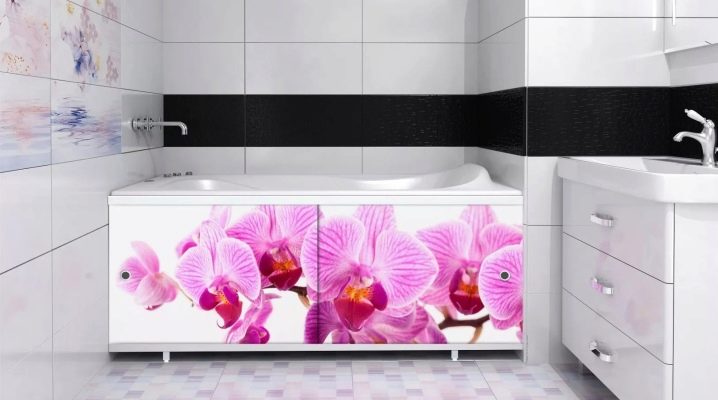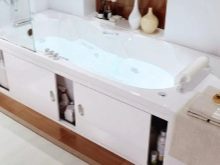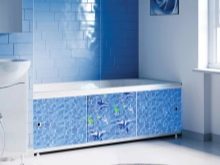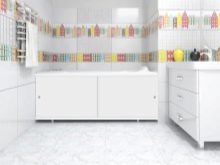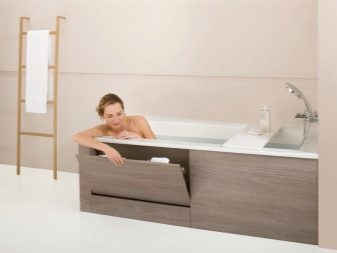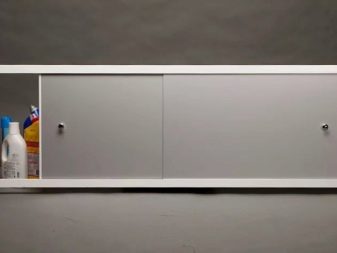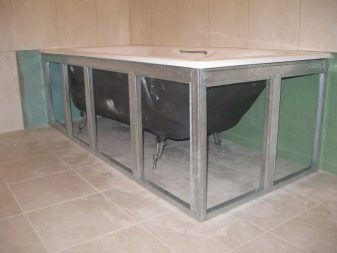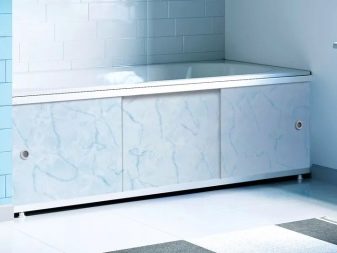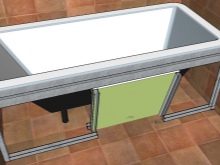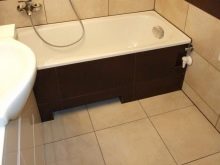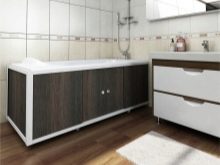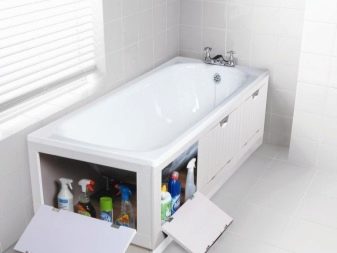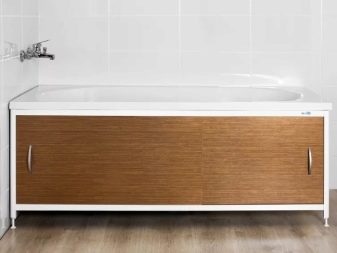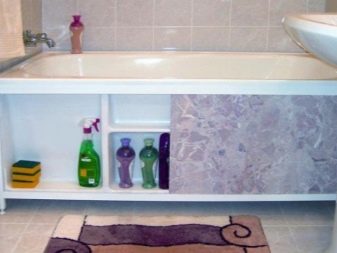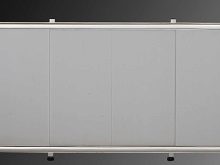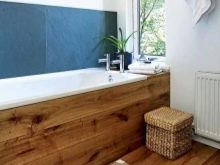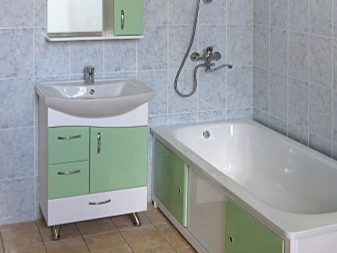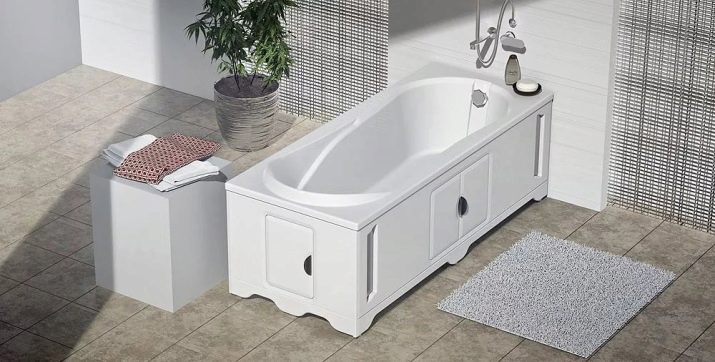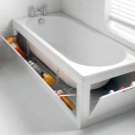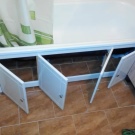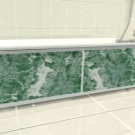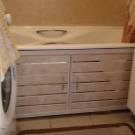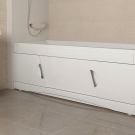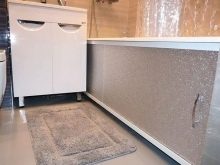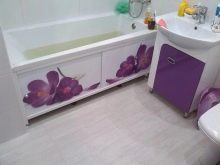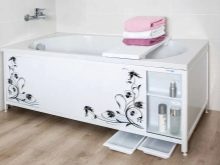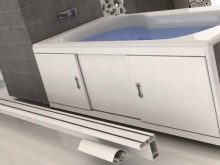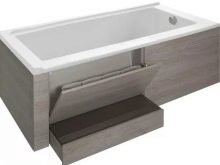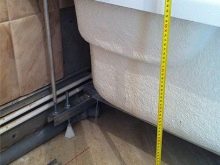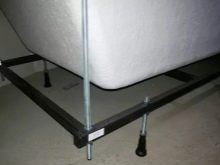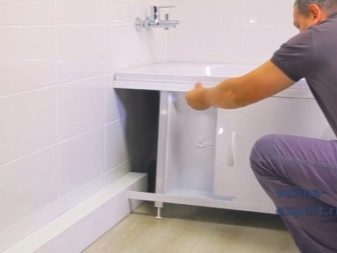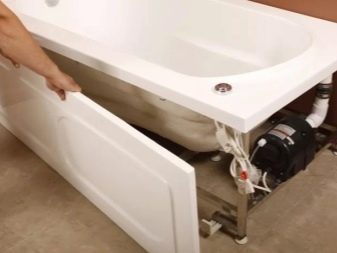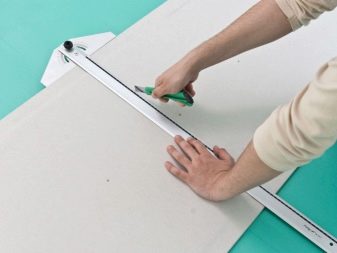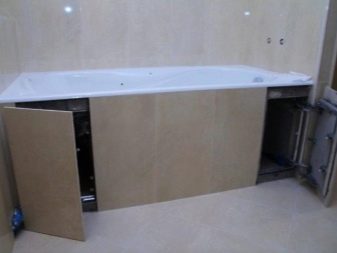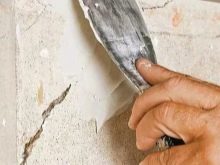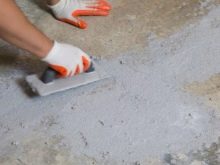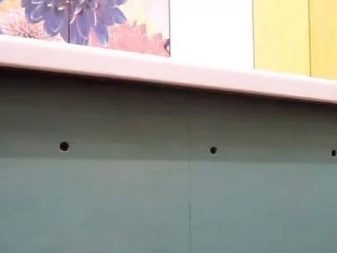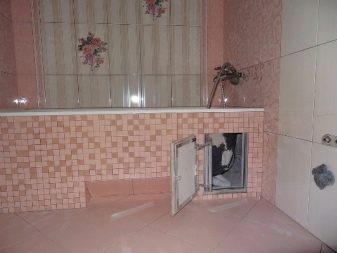Bath screen: selection criteria and installation details
Bath screen is a popular element in the bathroom. He solves the problem of using the space under the bathroom, turning it into a useful area for storing and placing various objects.
Special features
The screen is a structure that covers the sides of the bath, as well as adjacent wall sections and sanitary communications and water pipes located near the floor. In addition to the decorative function, the screen can be used to store household chemicals and household accessories, as well as restrict access to the pet under the bath. They make screens of modern and environmentally friendly materials that can withstand the wet conditions of bathrooms and constant temperature changes.The frame is usually a steel or aluminum profile, which is resistant to rust and durability.
Aluminum frame is lighter compared to steel equivalent, but due to excessive mechanical stress may be subject to deformation. On such a profile, you can safely attach light plastic doors, as well as elements made of MDF and acrylic. Steel frames are designed to form screens of natural wood, as well as for the manufacture of lattice models.
In this case, a chrome profile is used, which will be harmoniously combined with mirrors, taps and other bathroom accessories coated with chrome.
The shape of the models depends on the configuration of the bath and the preferences of the landlord. To provide greater convenience of being near the bath, in some front panels foot slots are provided, and to prevent water from entering the floor, inclined structures are used. Cloth models can have a solid and lattice design. The first one looks more attractive and allows you to close pipes and communications, while the second prevents the appearance of mold and promotes normal air exchange under the bath.
Standard factory screens for steel and cast iron baths have a length of from 1.5 to 1.7 meters and a height of up to 60 cm. The legs are often adjustable, which allows you to independently set the model to the desired height and provides the convenience of placing a person close to the bath. On the modern market a large number of screens are presented for angular acrylic baths, as well as for non-standard curvilinear models. This allows you to choose a product of any size and shape, to elevate the appearance of the room.
Kinds
The modern market offers a large number of different models, made of different materials, and differing in cost, performance and appearance.
- Screens made of plastic. Models are characterized by hygiene and the possibility of applying to the surface of any pattern, relief or photo printing. The frame of the plastic screens is made of aluminum, which gives the design lightness, strength, corrosion resistance and durability. The service life of the models is up to 30 years, during which the material perfectly retains its operational properties and initial appearance.The advantages of plastic screens also include low cost, ease of maintenance and ease of installation.
- Plexiglas screens. The material is hygienic and aesthetic. A wide range of glass screens due to a large variety of colors and relief. Structures are made of thick plexiglass with a transparent, matte or mirror surface. Models look harmoniously in combination with a sink made of glass and chrome plumbing elements, as well as visually increase the area of the room and do not hide the space. The disadvantage of glass screens is the high cost of products, high weight, complexity of installation and the need for regular maintenance.
- Models from MDF. Inexpensive, beautiful and easy-care material is often used for the manufacture of screens. It is produced in the form of laminated panels with a wide variety of colors and textures. Models with imitation of wood fiber pattern, natural stone and tile are very popular. The design may have sliding doors, a technological hatch or hinged doors.The disadvantages include low moisture resistance of models, due to which elements absorb moisture, swell and deform. To avoid this, the bathroom must be equipped with a good exhaust ventilation system. The service life of screens from MDF does not exceed three years.
- Acrylic screens. Lightweight, hygienic and practical acrylic blends harmoniously with the bathtub and the sink, is highly resistant to household chemicals and has high levels of moisture resistance and heat resistance.
- Aluminum models. Products have low cost, durability and corrosion resistance. The small weight of the screens facilitates quick transportation and easy installation of the structure, and the wide color range allows you to choose products for any color and style of the room.
- Drywall Popular material for the manufacture of screens, allowing you to independently form a curved design under a non-standard bath. The front part can be lined with ceramic tiles or mosaics.
- Tree. Practical, environmentally friendly and durable material.Wooden screens are made in monolithic, sliding or swing construction. They differ exquisite appearance and practicality. The disadvantages of these models include a lot of weight and high cost of some products.
Criterias of choice
Bath screens are available in a large assortment and differ among themselves by the door opening system, the presence of a technological hatch, shelves and the form of execution. For spacious bathrooms, retractable models are provided on rollers that roll out forward and allow unhindered access to pipes and plumbing equipment when they need to be replaced. Fixed screens are fixed design. They are used in small areas. In the event of a breakdown of plumbing access to communications is quite problematic.
The door opening system determines the usability of the screen and the rationality of using the space under the bathroom. Doors are sliding, hinged, with a deaf leaf, with a sliding block and removable. Deaf models are often used for independent production and perform an exclusively decorative function, closing pipes and plumbing communications from the eyes of a visitor.
If necessary, repair of communications such models need to be completely dismantled.
Swing doors are quite practical and make it easy to find the necessary item stored on the shelves of the screen. Such doors can be closed using a lock with a magnet, hooks or heck. The disadvantage of this type is the need for free space in front of the bathroom, which ensures unhindered opening of the doors for access to the shelves. Sliding compartment doors are an ideal option for bathrooms of a small area and do not require additional space for opening. The disadvantage is the presence of not viewed area, which can be accessed by alternately sliding the door to one side or the other.
A bath screen can either be made by yourself or you can purchase a finished model. Among the most well-known domestic manufacturers are the companies “Vann Boc”, “Techno”, “Metakam”, “Domino”, “Triton”, “Professional”, “Drops” and “Breeze”, producing high-quality universal models of the average price category. Russian experts offer a large selection of models that have the function of adjustment and are suitable for the size and shape of baths of famous brands.There is also a wide range of materials used, including glass and non-woven material. Among foreign brands, the most popular products are Jacob Delafon, Jacuzzi and Kaldewei.
Installation Methods
Self-installation of the finished screen is performed using a tape measure, building level and a screwdriver. Factory models are already equipped with fasteners and accessories, so additional purchase of screws and screws will not be required. Before installation, the bath should be filled with water. This applies to previously installed baths. If you are simultaneously mounting the screen and bath, then this is not necessary.
Initially, you need to make measurements of the space under the bathroom and mark the place of fastening of the frame. Then, following the sequence of fixing the parts specified in the instructions, the frame should be installed. Then you need to adjust the legs. To do this, they must be unscrewed so that the fixation of the frame between the side of the bath and the floor surface is maximum. In order for the frame not to dangle, it is recommended to apply a thin layer of sealant under the legs and press them firmly against the floor. Making sure that the frame is securely attached to the floor, the gap between the frame and the side of the bath should be replaced.Through this procedure, the structure will acquire additional rigidity and stability.
The next stage includes the installation of decorative panels, the hanging of the doors at the swing system, and their installation in the guide groove at the sliding. Then you need to fasten the handles to the doors and process the seams with a sealant. If it is not possible to purchase a finished model, then you can assemble and install a protective screen with your own hands. The easiest way is to produce a screen from sheets of drywall and galvanized aluminum profile with a section of 75x40 and 60x27 mm. The design is a compartment door that moves along the grooves of the W-shaped profile.
Installation and installation are made using the construction level, ruler, screws for metal, dowels, drills and scissors for metal. Initially, you should clean the space under the bathroom from debris and make sure that the communications are in good condition. Next, you need to install a frame from the profile and mount it to the W-shaped guides. The distance between the upper frame frame and the bathroom should be zenen.
Plasterboard door panels are cut in such a way that they overlap each other in length. Then cut the sheets are inserted into the frame of the frame, made to the size of the door, and inserted into the groove. Excess foam needs to be cut with a chancellor's knife. The final stage of installation is the decorative finishing of drywall tiles by fastening the handles.
Useful tips
That installation of the screen did not cause difficulties, and the established design served many years, It is necessary to study the installation scheme specified in the instructions and follow some recommendations.
- Before starting the installation, it is required to eliminate the defects of the walls and the floor in the space under the bathroom: remove the loose paint, cover up deep cracks and large chips. Otherwise, the damaged areas will serve as a favorable environment for the appearance of fungus. First of all it concerns screens of deaf execution, when installing which normal air exchange is disturbed. This leads to stagnation of air and the appearance of an unpleasant odor as a result of the formation of mold.
- If you need to quickly and cheaply install the screen, then you can take wooden bars, make a frame from them and glue it to the walls and side of the bath using liquid nails.Joints are usually strengthened by cold welding, and plastic panels are used as cladding.
- To fix the plasterboard screen more reliably, it is necessary to drill small holes in the upper part of it and blow the mounting foam through them. After full curing of the foam, the screen will cease to move, which will give the structure good stability and additional rigidity.
- Before proceeding with plasterboard lining with mosaic or ceramic tiles, the surface should be primed and wait for it to dry completely. Properly prepared base will guarantee good adhesion of finishing materials and speed up the finishing process.
- When installing screens for cast-iron baths, it should be remembered that such models of baths are not designed for drilling due to the fact that cast iron can break.
Bath screen is a simple and practical way of rational use of space and serves as a worthy decoration of the bathroom interior.
On the intricacies of mounting the screen under the bath, see the following video.
